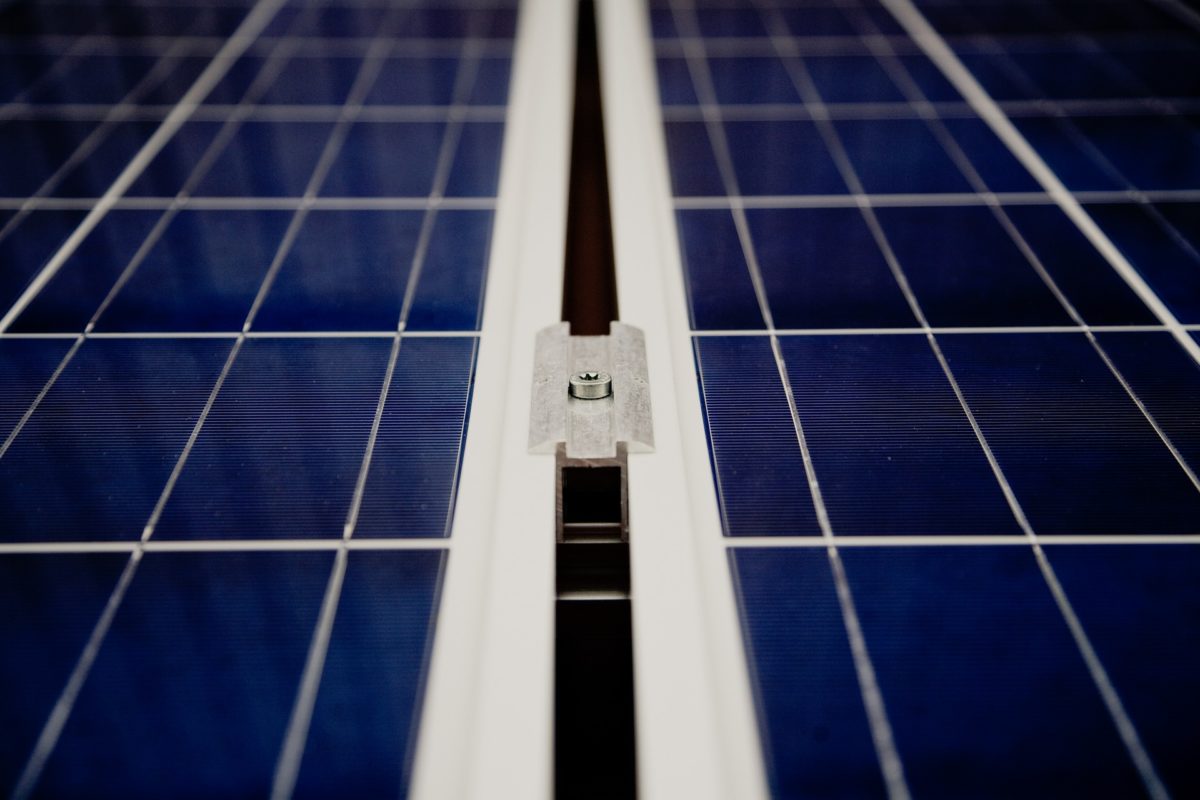Scientists from the University of Ljubljana in Slovenia have analyzed for a year how partial shading affects different kinds of cut cell PV modules and have concluded that the best panel configuration to avoid energy losses depends on the specific installation conditions of the modules and micro shading conditions rather than on the module design only.
In the paper Annual energy losses due to partial shading in PV modules with cut wafer-based Si solar cells, published in Renewable Energy, the researchers explained that their comprehensive annual energy performance model is aimed at achieving a 3D shading profile for detailed shading analysis at the cell level, including cell thermal conditions. They analyzed the behavior of five different module topologies together with three shading objects, with the annual energy yield simulations being performed for the following five locations: Ljubljana, Slovenia; Freiburg, Germany; Helsinki, Finland; Cairo, Egypt; and Denver, Colorado, in the U.S.
The five crystalline silicon module typologies included: a standard 60 full-size squared 156 × 156 cm2 cell module as a reference panel (T1); a module of one-sixth area (1/6) rectangular cells with vertical cell connections with six strings in parallel and two strings in series of 6 × 32 1/6 cells strings (T2); a panel relying on one-sixth area (1/6) rectangular cells with vertical cell connections with six strings in parallel and three strings in series of 6 × 21 1/6 cells strings (T3); a module of one-sixth area (1/6) rectangular cells with vertical cell connections with six strings in parallel and four strings in series of 6 × 16 1/6 cells strings (T4); and a device of 1/6 cells with 10 strings in parallel made of 38 cells in series (T5). In all modules, the cell number was chosen to maximize the area fill factor of the panels.
“Modules T2, T3 and T4 are connected in such a way that their external electrical parameters are similar to the conventional 60 full-size cell PV module and can thus be used with established system components,” the academics specified. “The T5 module is of different topology that results in a higher short-circuit current of almost 15 A, and lower open-circuit voltage of slightly under 30 V.”
The shading analysis of PV systems was performed through an LTSpice simulator with three shading objects: a chimney with a height of 1 m; a chimney with a height of 2 m; and a pole with a height of 1 m above the lowest point of the module and situated 1 m in front of the bottom-left corner of the module.
The measurements showed that the T2, T3 and T4 modules suffered lower shading losses than the standard T1 module and the T5 module in portrait orientation. “Our simulations show that the new type of modules with cut cells, regardless whether the module has a shingled or a classical cell interconnection design, behave better or are less sensitive to partial shading,” the Slovenian group explained. “The reason is not in the cell size, since a smaller cell can get totally shaded sooner, but in the parallel connection of the cells,” it specified, adding that the cell parallel connection is generally preferable to reduce shading losses.
It also specified, however, that a combination of the shade type and the panel orientation is also very important. “If the orientation of the series connected substrings is in line with the orientation of the shape of the shade, the power loss will be reduced,” it stated. Referring to the module/shade orientation alignment, the researchers said that locations with a lower diffuse light share during the shading hours are more susceptible to losses.
“Based on the simulations presented herein, we conclude that there is no clear best module configuration,” the scientists concluded, noting that the best solution consists of adapting the PV system to its specific micro shading conditions. “In general, the orientation of the cells connected in series should be aligned with the shape of the shade as much as possible to reduce energy loss and to minimise cells’ reverse voltage.”
This content is protected by copyright and may not be reused. If you want to cooperate with us and would like to reuse some of our content, please contact: editors@pv-magazine.com.




The simulation does not match the real condition of the current PV modules. The number of bypass diode and the connection layout highly influence the result, unfortunately these two important factors are not the same as current module products. It’s a pity, the topic it really interesting, but it has to meet the practical conditions.